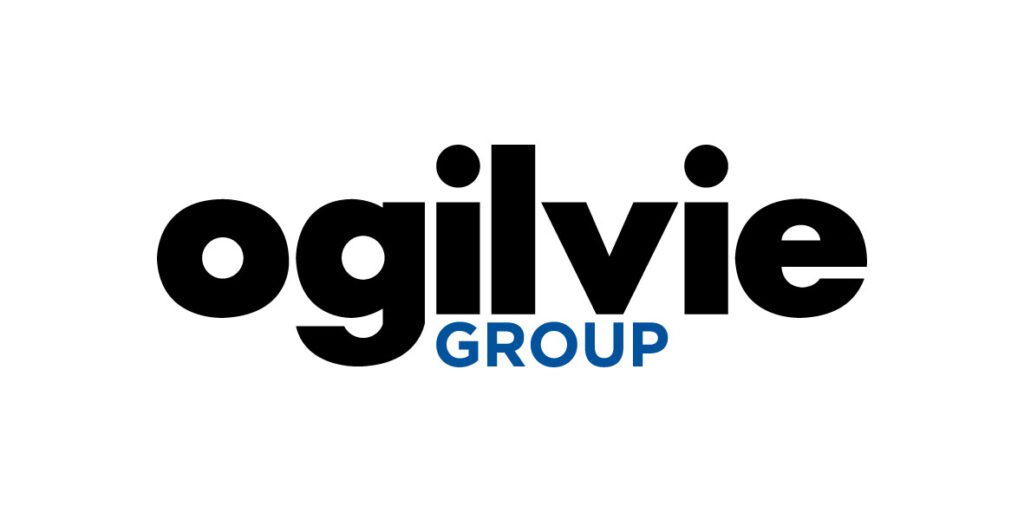The UK’s journey to Net Zero is reshaping how we generate, distribute, and consume energy. Electricity is at the centre of this transformation, driving change across transport, manufacturing, housing, and digital infrastructure. Yet achieving a low-carbon future depends on more than renewable generation. It demands a reliable and adaptable network that can handle new technologies, growing demand, and the unpredictable nature of clean energy.
For businesses that manage or depend on electrical assets, this shift presents both opportunity and risk. The question is not whether the energy landscape will change, but how quickly organisations can prepare for it.
Net Zero means balancing the amount of greenhouse gas we release into the atmosphere with the amount we remove which the UK aims to achieve by 2050. In simple terms, it’s about cutting carbon emissions as much as possible and offsetting what remains through methods such as carbon capture and reforestation.
To reach that goal, we must move away from traditional fossil fuels like coal, oil, and gas. In their place, the country is expanding cleaner energy sources such as wind, solar, hydro, and nuclear power. This cleaner mix will feed into the national grid, which needs to be upgraded to handle more renewable and often variable energy.
That’s where smarter systems come in. Digital technology, automation, and real-time monitoring help balance supply and demand, keeping power flowing smoothly even as energy sources become more diverse.
A successful transition to Net Zero benefits everyone. Cleaner energy reduces air pollution and creates new jobs in engineering and technology. It also makes the UK less dependent on imported fuels, improving long-term energy security.
For businesses, adapting electrical infrastructure brings additional advantages. Modern, well-maintained systems are safer, more efficient, and less likely to fail. Upgrading assets and adopting smarter maintenance approaches also demonstrate a clear commitment to sustainability, which strengthens client and stakeholder confidence.
While the benefits are clear, the path to Net Zero comes with practical challenges. Much of the UK’s electrical infrastructure is decades old and was never built for renewable integration. Ageing assets, rising demand, and changing grid requirements all increase the risk of faults and inefficiencies.
Maintenance is another major consideration. Reactive repairs often lead to higher costs, longer outages, and avoidable risks. As networks grow more complex, the need for predictive and data-driven maintenance becomes even more critical.
The key to success lies in preparation. Businesses that take a proactive approach can strengthen their systems now, avoiding future disruption and unnecessary costs.
At Electricity Asset Services, we help clients future-proof their networks through:
By combining hands-on expertise with modern technology, we help organisations make confident, sustainable decisions about their electrical infrastructure.
1. What does “future-proof electricity infrastructure” mean?
It refers to designing and building systems that can meet today’s energy needs while being flexible enough to adapt to future demands, technologies, and climate challenges.
2. Why is resilience so important in the energy system?
Because disruptions, whether from storms, cyberattacks, or sudden demand spikes, can have wide-reaching impacts. A resilient system minimises these risks and keeps communities powered.
3. How do smart grids help achieve net-zero?
By using digital technology to balance supply and demand in real-time, smart grids make it easier to integrate renewable energy and reduce reliance on fossil fuels.
4. What role does policy play in the transition?
Policies like the Clean Power 2030 Action Plan and Ofgem’s investment approvals set the pace of change by funding upgrades, encouraging renewables, and protecting consumers.
5. How will this affect households?
In the long run, households could see lower bills, more opportunities to generate their own energy, and improved reliability. Smart appliances and time-of-use tariffs may become more common.
Net Zero is more than a government target; it’s a national transformation that depends on resilient, well-maintained energy networks. For businesses, it offers the chance to modernise systems, reduce risk, and contribute to a cleaner future.
Electricity Asset Services plays an essential role in that process. By keeping critical electrical assets safe, reliable, and ready for change, we help clients move towards Net Zero with confidence. The future of energy will demand adaptability, and with the right support, it’s a future we can build together.




